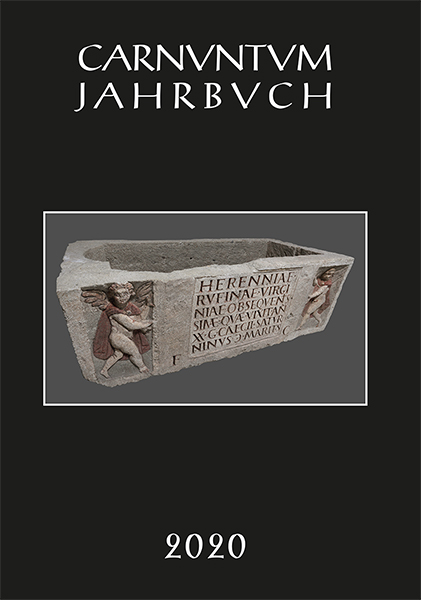
Carnuntum Jahrbuch 2020, pp. 85-106, 2021/12/21
Zeitschrift für Archäologie und Kulturgeschichte des Donauraumes
Historical research postulates the deserted village of Zwichleinsdorf between today’s settlements of Petronell and Wildungsmauer. Although the excavations, field surveys and geophysical prospection surveys have so far not permitted us to locate this abandoned settlement unambiguously, new suggestions for its likely location can be made, as the deserted settlement attested in the written sources can be limited to three distinct areas. Medieval structures with ceramic material from the 11th/12th century can probably be connected with this abandoned village. The ruins of the former western suburb of the Roman town of Carnuntum contain (almost) exclusively finds from the late medieval period and early modern times. One can assume that this distribution pattern reflects the changed economic needs of these centuries. According to this, the remains of ceramic vessels found there can be attributed to activities that served for the extraction of building materials and other recyclable goods.